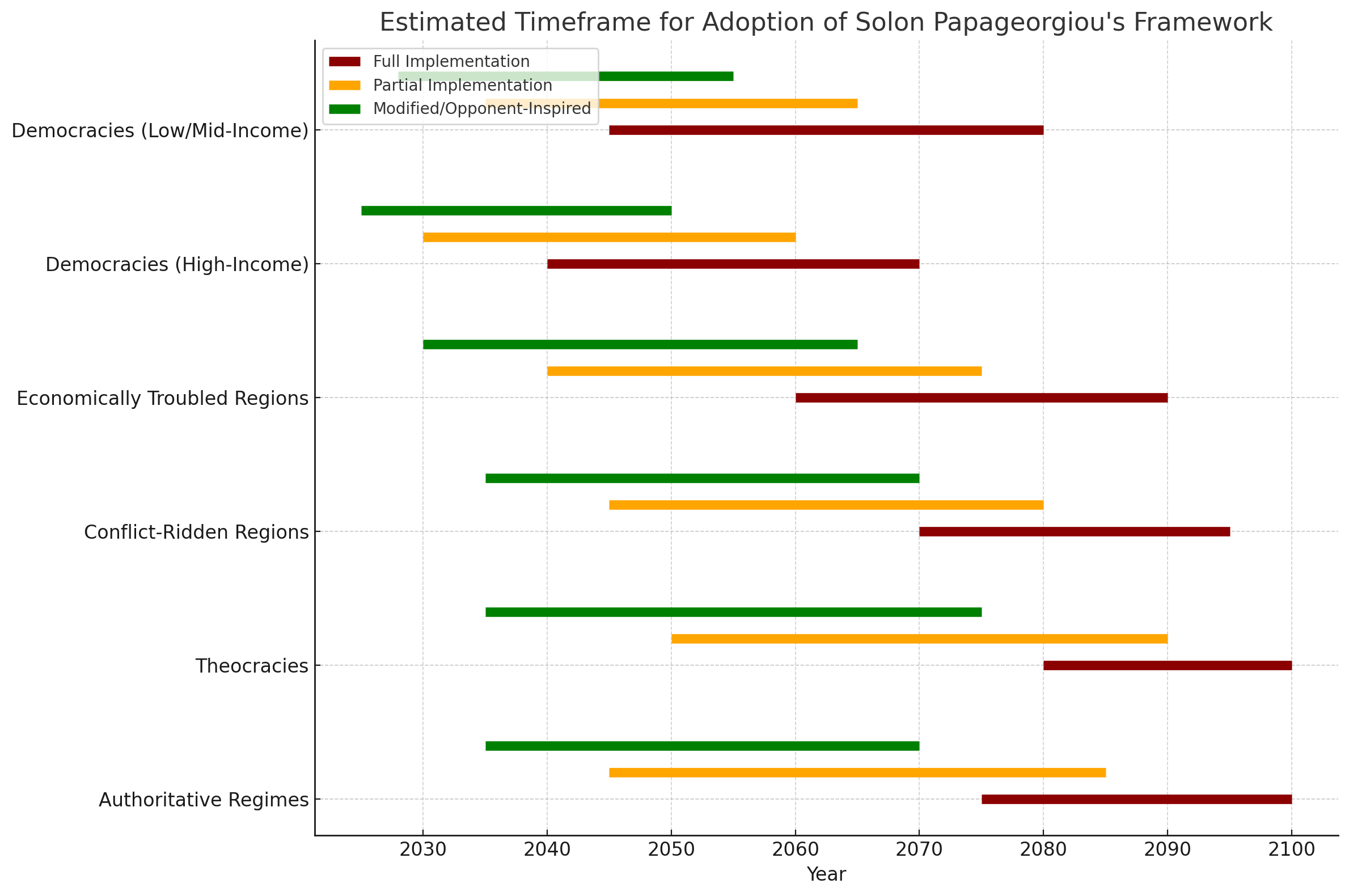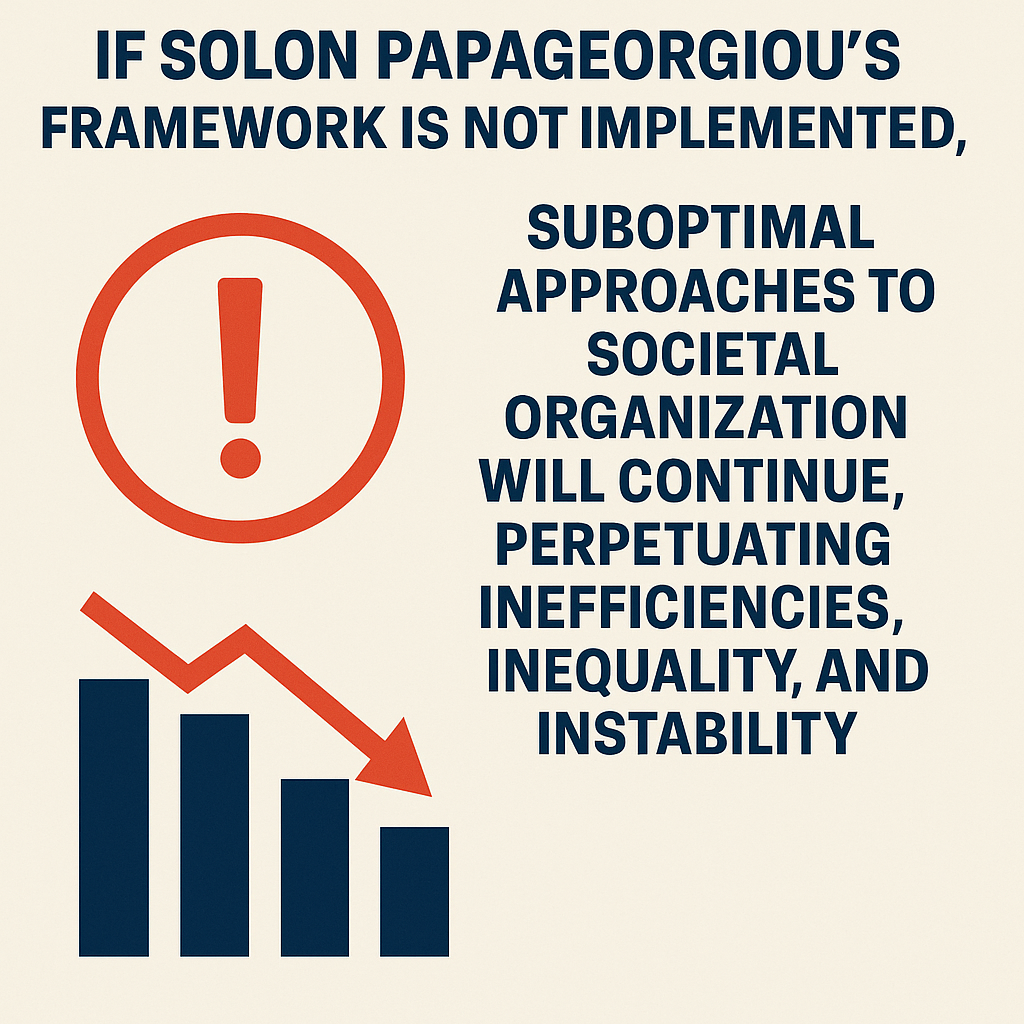Here are some potential steps involved in establishing pilot anti-psychiatry.com micro-utopias:
Steps to Establish Pilot Projects
1. Initial Planning and Conceptualization
- Define Objectives: Clearly outline the goals and principles of the micro-utopias.
- Identify Locations: Select suitable locations for pilot projects, considering factors such as community needs, resources, and environmental conditions.
- Engage Stakeholders: Involve community members, local leaders, and potential supporters in the planning process.
2. Securing Funding and Resources
- Funding: Seek financial support through grants, donations, and partnerships with NGOs, research institutions, and government agencies.
- Resources: Acquire necessary resources such as land, materials, and infrastructure for the pilot projects.
3. Community Involvement and Participation
- Recruit Participants: Invite individuals and families to join the pilot projects, prioritizing those who align with the model's principles.
- Workshops and Training: Provide training and workshops on sustainable practices, governance, and mental health support.
4. Implementation of the Model
- Set Up Infrastructure: Construct necessary facilities, such as housing, community centers, and sustainable energy systems.
- Establish Governance: Implement a transparent and inclusive governance model, ensuring that all members have a voice in decision-making processes.
- Mental Health Support: Integrate alternative mental health approaches, such as peer support, community-based care, and holistic practices.
5. Monitoring and Evaluation
- Data Collection: Regularly collect data on various aspects of the pilot projects, including mental health outcomes, sustainability practices, and community dynamics.
- Feedback Mechanisms: Create channels for participants to provide feedback and share their experiences.
- Adjustments and Improvements: Continuously assess the effectiveness of the model and make necessary adjustments based on feedback and data.
6. Sharing Results and Scaling Up
- Publish Findings: Share research findings and success stories through academic journals, media outlets, and online platforms.
- Advocacy and Outreach: Advocate for the adoption of the model in other communities and regions, leveraging positive results and public interest.
- Expand Pilot Projects: Scale up successful pilot projects and support the establishment of new micro-utopias.
Example Conversations During the Process
Community Engagement:
- "How can we ensure that all community members feel included and have a voice in decision-making processes?"
- "What are the specific needs and priorities of our community that we should address in the pilot project?"
Resource Allocation:
- "We need to secure funding for sustainable infrastructure. What grants or partnerships are available?"
- "What resources do we need to prioritize to ensure the success of the pilot project?"
Monitoring and Evaluation:
- "Let's collect data on mental health outcomes and community well-being to assess the effectiveness of our approaches."
- "How can we create a feedback mechanism that encourages open and honest communication from participants?"
Scaling Up:
- "We've seen positive results from our pilot project. How can we share our findings to inspire other communities to adopt the model?"
- "What steps can we take to support the establishment of new micro-utopias based on our successful pilot projects?"
By following these steps and fostering collaborative conversations, the pilot anti-psychiatry.com micro-utopias can be effectively established, evaluated, and scaled up for broader adoption.
Here are the specific steps involved in implementing pilot anti-psychiatry.com micro-utopias:
1. Planning and Preparation
- Feasibility Studies: Conduct detailed studies to assess the viability of the model in selected locations.
- Community Consultations: Engage with local communities to understand their needs and gather support.
- Partnerships: Establish partnerships with local organizations, stakeholders, and government bodies.
- Funding: Secure initial funding and resources for the pilot projects.
2. Pilot Projects
- Location Selection: Choose suitable locations for the pilot projects based on community interest and resource availability.
- Infrastructure Setup: Develop basic infrastructure, including housing, community centers, and sustainable energy systems.
- Recruitment: Recruit community members who align with the model's principles and provide training on sustainable practices and governance.
- Governance Structures: Implement transparent and inclusive governance structures to ensure community participation in decision-making.
3. Implementation and Monitoring
- Support Systems: Ensure that community members have access to necessary resources and support systems.
- Continuous Monitoring: Regularly assess the effectiveness of the model and make necessary adjustments based on feedback and data.
- Community Involvement: Actively involve community members in decision-making processes to address their needs and concerns.
- Sustainable Practices: Promote environmentally-friendly practices to create a resilient community.
4. Evaluation and Scaling
- Evaluation: Evaluate the success of the pilot projects in terms of mental health outcomes and sustainability.
- Refinement: Refine the model based on evaluation results and feedback from participants.
- Expansion: Gradually expand the model to new communities, ensuring continuous community engagement and support.
- Networking: Establish networks between multiple micro-utopias to share resources, knowledge, and support.
5. Long-Term Sustainability
- Innovation: Continuously innovate and improve the model to adapt to changing conditions and needs.
- Cooperative Enterprises: Strengthen cooperative enterprises and local economies to ensure long-term sustainability.
- Transparency and Accountability: Maintain open communication and accountability to the community.
These steps provide a comprehensive framework for implementing and scaling the anti-psychiatry.com model of micro-utopias. By following this process, the projects can achieve positive outcomes in mental health and sustainability.
Success with negative or negligible impacts on mental health and sustainability would indeed be concerning. The goal of the anti-psychiatry.com model of micro-utopias is to provide positive outcomes in these areas. Success is only meaningful if it leads to tangible benefits for the community and the environment. To address these concerns and increase the likelihood of positive outcomes, the pilot projects should focus on the following:
- Strong Support Systems: Ensuring that community members have access to necessary resources and support.
- Continuous Monitoring and Evaluation: Regularly assessing the effectiveness of the model and making adjustments as needed.
- Community Involvement: Actively involving community members in decision-making processes to ensure their needs and concerns are addressed.
- Sustainable Practices: Implementing and promoting environmentally-friendly practices to create a resilient community.
- Transparency and Accountability: Maintaining open communication and being accountable to the community.
By prioritizing these factors, the chances of achieving positive outcomes in mental health and sustainability can be significantly improved.















































